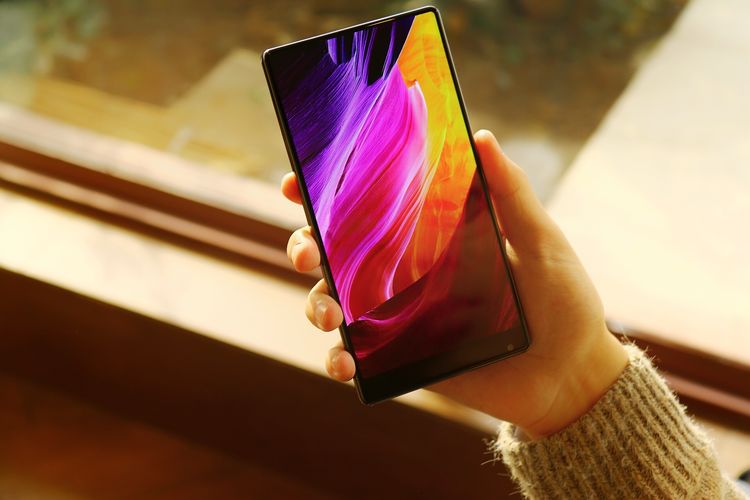In the ever-evolving world of mobile technology, upgrading to a new phone is a common occurrence. Whether you’re after the latest features, an improved camera, or simply a fresh start, switching phones can be an exciting experience. However, it can also be daunting, especially when it comes to transferring all your data and settings. For T-Mobile customers, the process is designed to be straightforward and user-friendly. This article aims to guide you through a seamless transition to your new device on T-Mobile, covering preparation steps, data migration, SIM card management, and post-switch checks.
Preparing for the Phone Switch
Backup Your Old Device
Before switching phones, it’s crucial to back up the data on your current device. T-Mobile offers various ways to do this, including cloud services like Google Drive for Android or iCloud for iPhones, as well as T-Mobile’s own backup solutions. Back up your contacts, photos, messages, and apps to ensure you leave nothing important behind. Also, record your preferred settings and any passwords stored on your device, as you may need to manually re-enter these on the new phone.
Understand Your New Phone’s Requirements
Different phones may have different requirements, such as a new SIM card size or updated software. Check the specifications of your new T-Mobile device to see if you need a new SIM card. If you do, T-Mobile stores can provide you with one, often free of charge. Additionally, ensure that the new device is either unlocked or compatible with the T-Mobile network to avoid any connectivity issues.

Transferring Data to Your New Phone
Using T-Mobile’s Transfer Tools
T-Mobile offers tools that make transferring data to your new phone a breeze. For example, the T-Mobile Content Transfer app allows you to move your contacts, photos, and messages over Wi-Fi. It’s available for both Android and iOS devices and works even if your old phone is from a different carrier. Follow the instructions within the app to transfer your data efficiently.
Manual Data Transfer Options
If you prefer a manual approach or need to transfer data not covered by T-Mobile’s tools, you can use various methods. For contacts, you can export them to a SIM card or sync them to a Google account on Android, or use iCloud on iOS. For photos and videos, transferring them to a computer first and then syncing them to the new phone via USB or cloud storage is an effective method. Remember to transfer any important documents, music, and other files, often accomplished through file-sharing services or a direct USB connection.

Managing Your SIM Card and Activation
Installing or Changing Your SIM Card
If your new phone requires a different size SIM card or you received a new one from T-Mobile, you’ll need to install it. Power off your old device, remove the SIM card, and insert it into the new phone, following the device’s instructions. If you’re using a new SIM card, you’ll need to activate it, which can typically be done online through T-Mobile’s website or by calling customer service.
Activating Your New Device
Once your SIM card is in place, power on your new phone. You may be prompted to enter a PIN code for the SIM card, which you can find in your original SIM card packaging or by contacting T-Mobile. Follow the on-screen prompts to set up your new device, including signing into your T-Mobile account and restoring any backups you’ve made. Your new phone should connect to the T-Mobile network automatically, but if it doesn’t, you may need to check your network settings or reach out to T-Mobile support for assistance.

Post-Switch Checks and Troubleshooting
Verify Data Transfer and Functionality
After switching phones, it’s important to ensure that all your data has successfully transferred. Check your contacts, messages, photos, and apps to confirm they’re all present and accounted for. Test out key functions like making calls, sending texts, and using data to ensure everything is working correctly. If you encounter any issues, you may need to revisit the transfer process or adjust settings on your new device.
Seeking Support if Needed
If you run into any problems during or after the switch, T-Mobile’s customer support is available to help. You can reach out via phone, online chat, or visit a T-Mobile store for hands-on assistance. They can help troubleshoot common issues like data transfer hiccups, network connectivity problems, or SIM card activation errors. With the right support, you can enjoy your new T-Mobile phone with minimal disruption to your routine.

Ensuring Seamless Service Continuity
Confirming Network and Account Settings
To enjoy uninterrupted service with your new T-Mobile phone, it’s essential to confirm that your network and account settings are correctly configured. Start by checking the signal strength and ensuring that you can make and receive calls, as well as send and receive text messages. Additionally, log into your T-Mobile account to verify that your service plan is active and properly linked to your new device. Make sure that any features, such as international roaming or data passes, are still in place if they were previously part of your plan.If you encounter network-related issues, you should update your device’s APN settings according to T-Mobile’s specifications. You can usually find these details on their support page or by contacting customer service.
Maintaining Digital Security
In the age of digital information, maintaining the security of your personal data during a phone switch is paramount. After you transfer your data to the new phone, take a moment to set up and test all security features, such as fingerprint recognition, face unlock, or passcodes, to ensure they are functioning on your new device.It’s also a good time to install or update any security apps, such as antivirus software or T-Mobile’s security solutions, to protect against malware and data breaches. Furthermore, remember to wipe your old device clean of personal data after backing it up and before disposing of it or passing it on, to prevent any unauthorized access to your information.

Switching phones on T-Mobile doesn’t have to be complicated. By preparing your old device, understanding your new phone’s requirements, transferring your data carefully, and managing your SIM card and activation, you can make the transition smooth and stress-free. Remember to verify that all your data has transferred correctly and don’t hesitate to reach out to T-Mobile’s customer support if you need additional assistance. Follow these steps, and you’ll fully equip yourself to take advantage of your new T-Mobile phone’s features and innovations while keeping your cherished data intact.